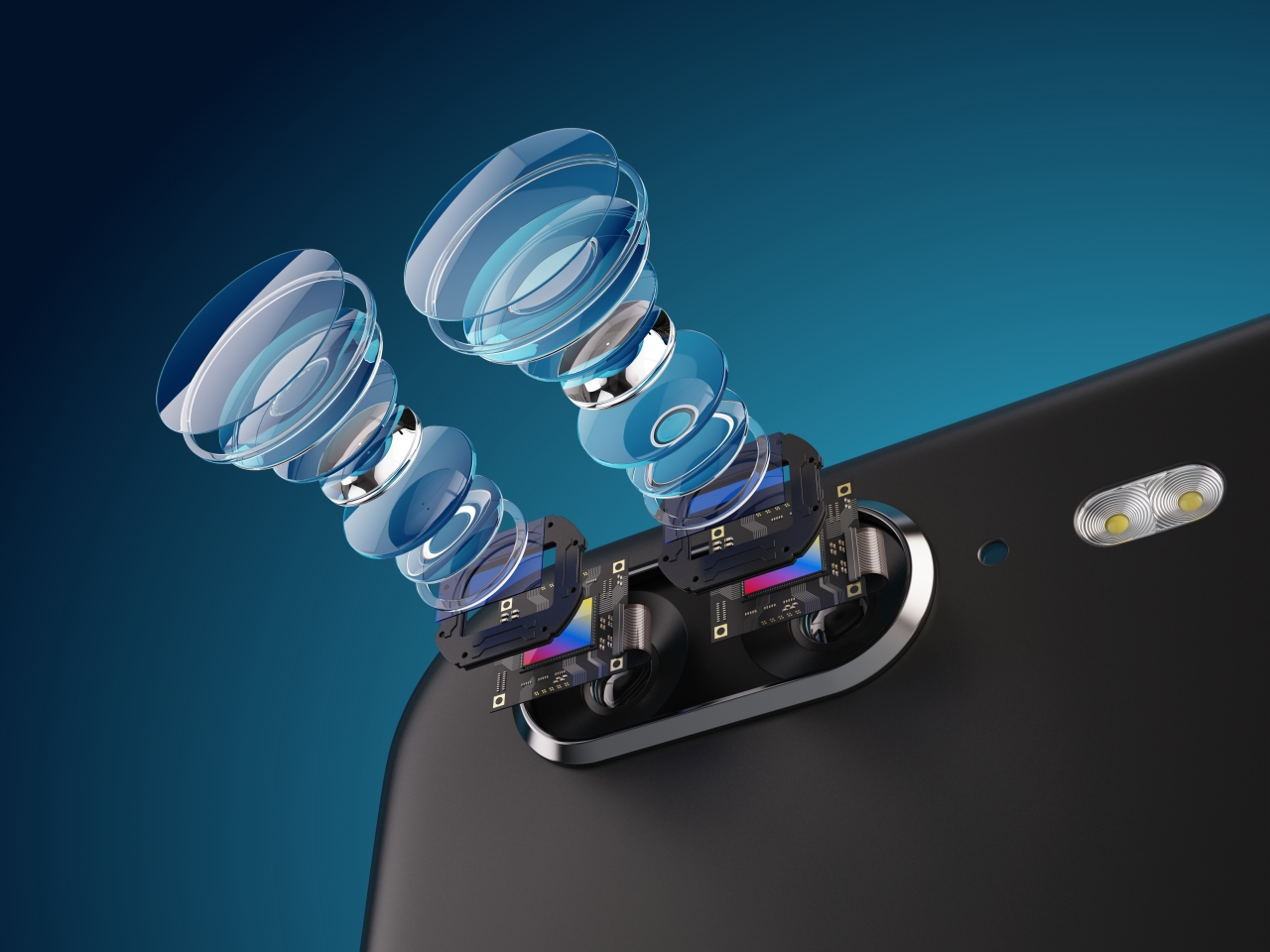Forward-looking: Sony is the largest supplier of camera modules to the smartphone industry. If it's prediction that 3D camera tech is indeed the next big innovation, the company is in a prime position to take advantage of it, financially speaking.

Could 3D camera technology be the next driver of innovation in the stagnant smartphone industry? Sony sure hopes so.
The Japanese electronics giant has ramped up production of next-gen 3D sensors for mobile cameras after receiving interest from smartphone manufacturers. Bloomberg’s report didn’t cite interested parties by name but listed Apple, Alphabet and Samsung among its existing partners.
Satoshi Yoshihara, head of Sony’s sensor division, said cameras revolutionized phones and based on what he’s seen, he has the same expectation for 3D. “The pace will vary by field, but we’re definitely going to see adoption of 3D. I’m certain of it,” Yoshihara added.
The smartphone market could use a kick in the pants. According to IDC, global smartphone shipments likely fell by three percent in 2018. A combination of market saturation and slowed innovation has led to longer upgrade cycles, prompting some companies to increase the cost of their flagships to compensate.
If 3D camera technology is the next big thing in mobile, that’d be good news for Sony considering the company supplies around half of the camera chip market.
IDC expects growth to pick back up in 2019 and continue through at least 2022.
Image courtesy Sashkin via Shutterstock
https://www.techspot.com/news/78039-sony-ramps-up-3d-camera-module-output-wake.html